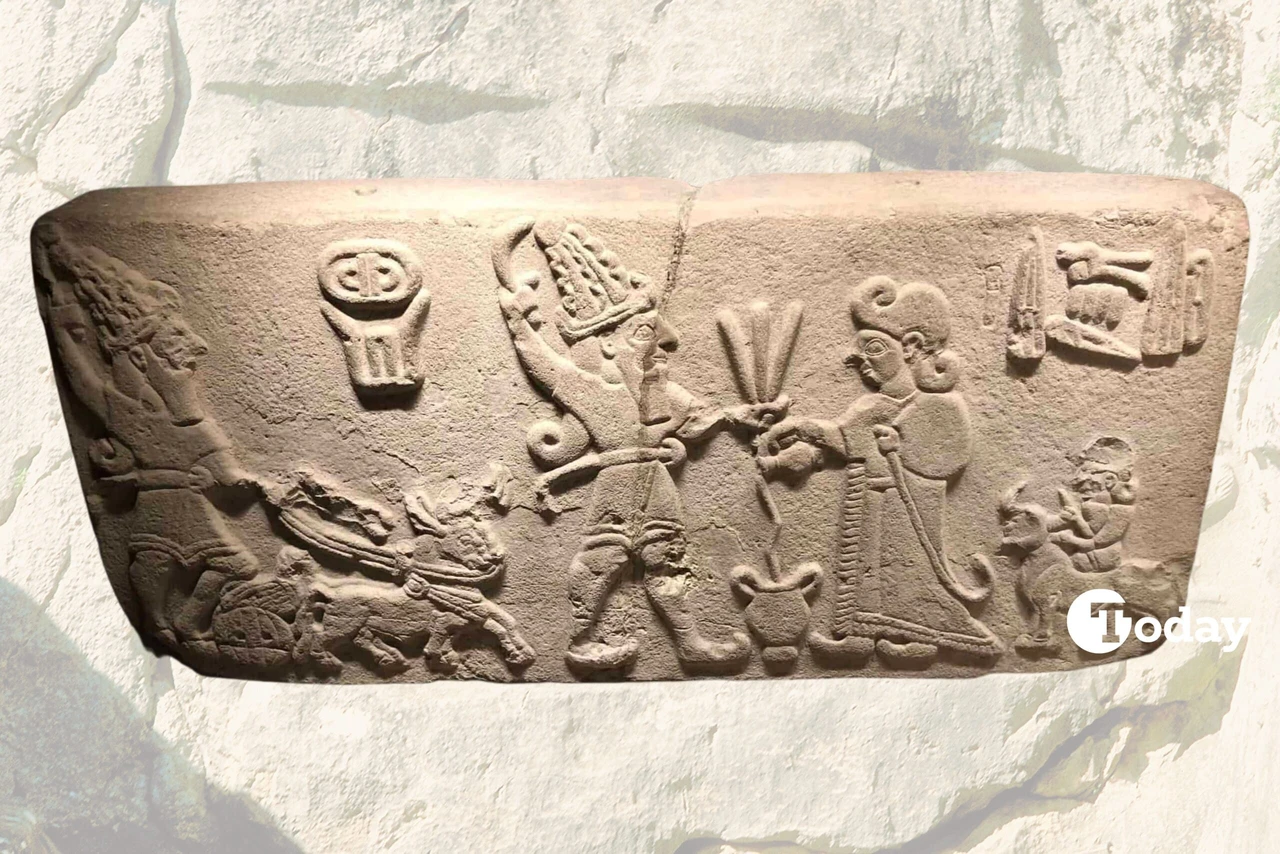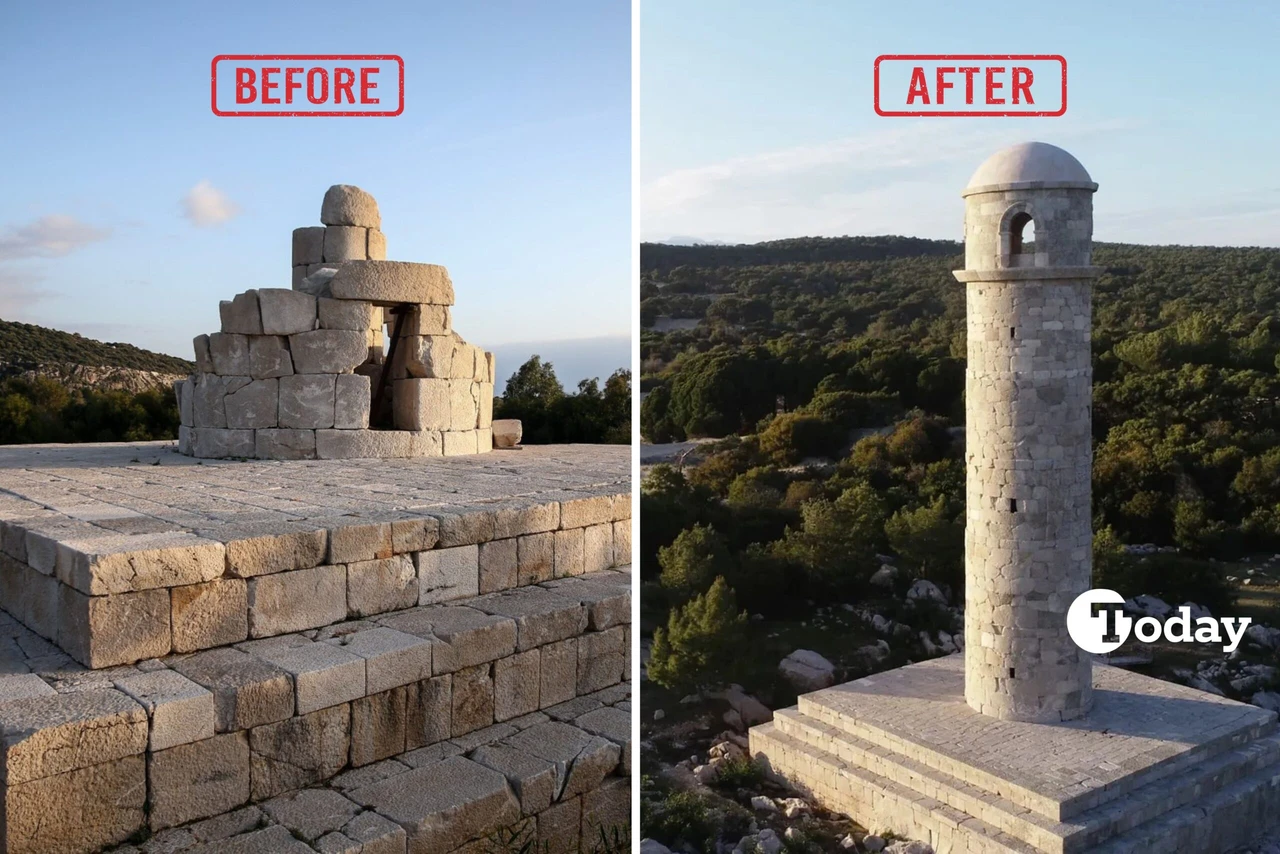Lost works of ancient mathematician Apollonius of Anatolia found in rare Arabic manuscript
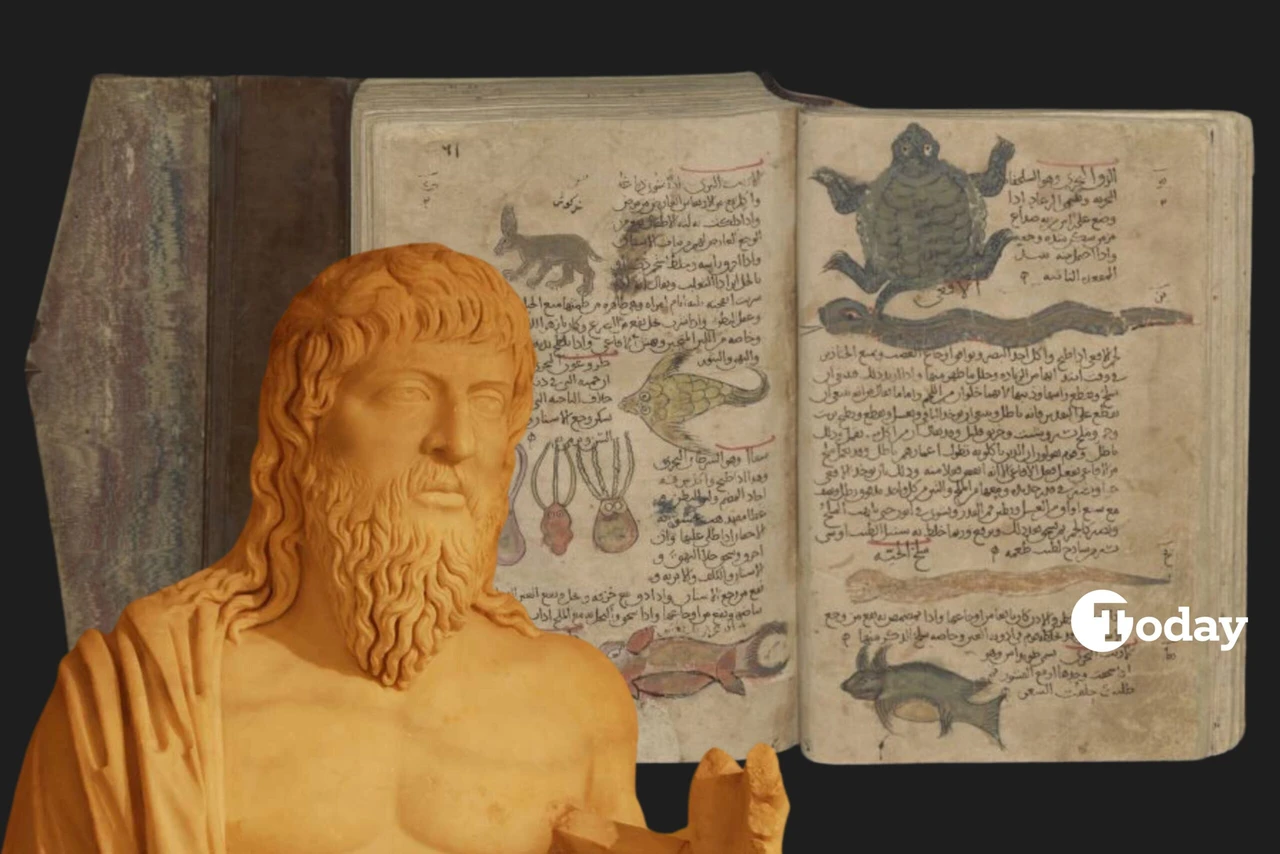 Apollonius of Perge, three cuttlefish, and other marine and terrestrial animals depicted in an Arabic manuscript of Dioscorides' Book of Herbs. (Photo via Leiden University Libraries)
Apollonius of Perge, three cuttlefish, and other marine and terrestrial animals depicted in an Arabic manuscript of Dioscorides' Book of Herbs. (Photo via Leiden University Libraries)
Scientists have uncovered two lost books by Apollonius, the renowned mathematician from Anatolia, in an Arabic manuscript housed at the Leiden University Libraries in the Netherlands. This extraordinary find sheds new light on the preservation and transmission of ancient Anatolian knowledge during the Islamic Golden Age.
Contribution of Apollonius to geometry
Apollonius (262 B.C.–190 B.C.) (Apollonius of Perge) is celebrated for his groundbreaking work in geometry, particularly in his book The Conics of Apollonius. This work, which introduces the concepts of hyperbolas, ellipses, and parabolas, was one of the most influential in ancient Anatolian mathematics. However, only four of the original eight books of “The Conics” were available to European scholars during the Renaissance.
The missing books—five and seven—are now found preserved in an 11th-century Arabic manuscript, a translation that had been lost to history.
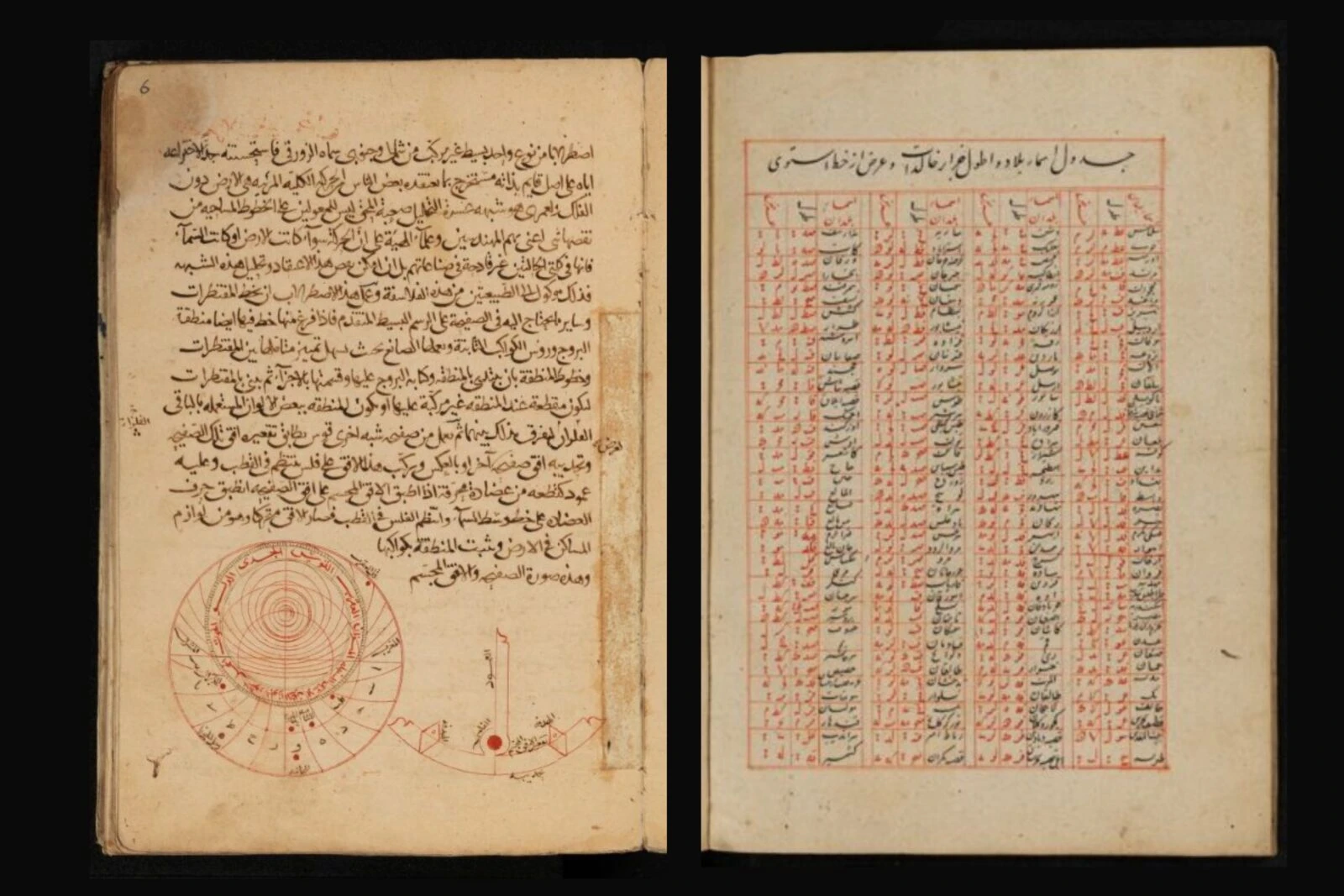
Jacob Golius and the manuscripts
The manuscripts, which were acquired by Dutch orientalist and mathematician Jacob Golius during his travels to the Middle East in the 17th century, form part of a vast collection of nearly 200 manuscripts that he brought back to Leiden University.
Golius’s acquisition of these texts not only enriched Western scientific scholarship but also played a crucial role in the rediscovery of lost ancient works.
Bridging Eastern and Western knowledge
The newly revealed Arabic translation of Apollonius’s lost books is accompanied by detailed illustrations and exquisite Arabic calligraphy. The Dutch mathematician and historian of science, Jan Pieter Hogendijk, emphasized the importance of these manuscripts as symbols of the intellectual achievements of Islamic scientists, noting their precision and artistic quality. “These manuscripts are a testament to the mental discipline and focus of their creators,” Hogendijk stated.
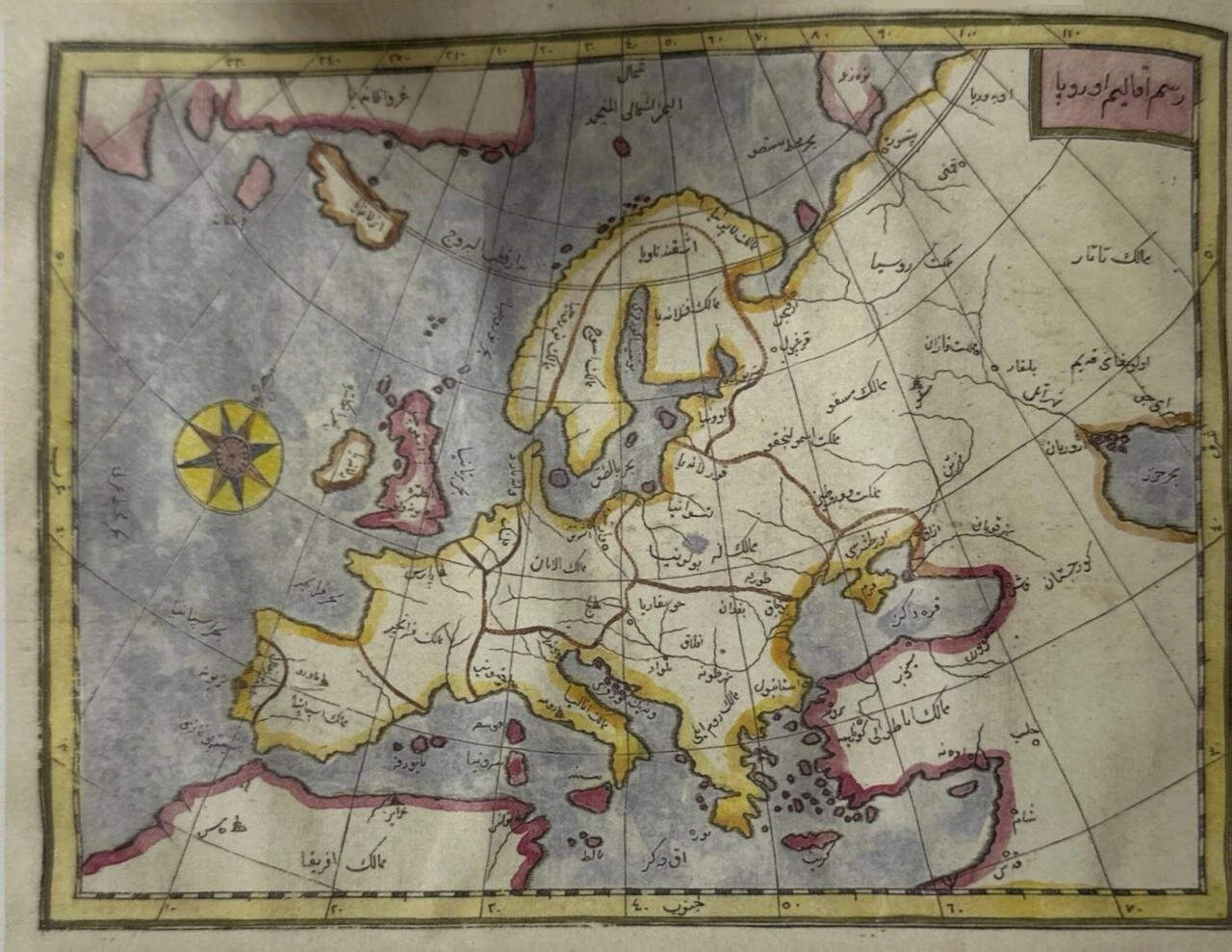
The volume Prophets, Poets and Scholars, which includes contributions from more than 50 scholars and librarians, delves into the history of the Netherlands’ engagement with the Middle East, particularly during the early 17th century.
It offers a glimpse into the profound influence of Arabic manuscripts on Western scientific thought and highlights the significant role these texts played in bridging ancient Anatolian and Islamic knowledge.
Impact of Islamic scientific tradition
The manuscript also sheds light on the flourishing scientific tradition within the Arab and Muslim worlds. It highlights the work of prominent figures such as Ibn Muhammad al-Qazwini, whose encyclopedic work Ajaib al-Makhluqat wa Khraib al-Mawjudat (Wonders of Creations and Rarities of Extant Beings) combines zoology, botany, and cosmography.
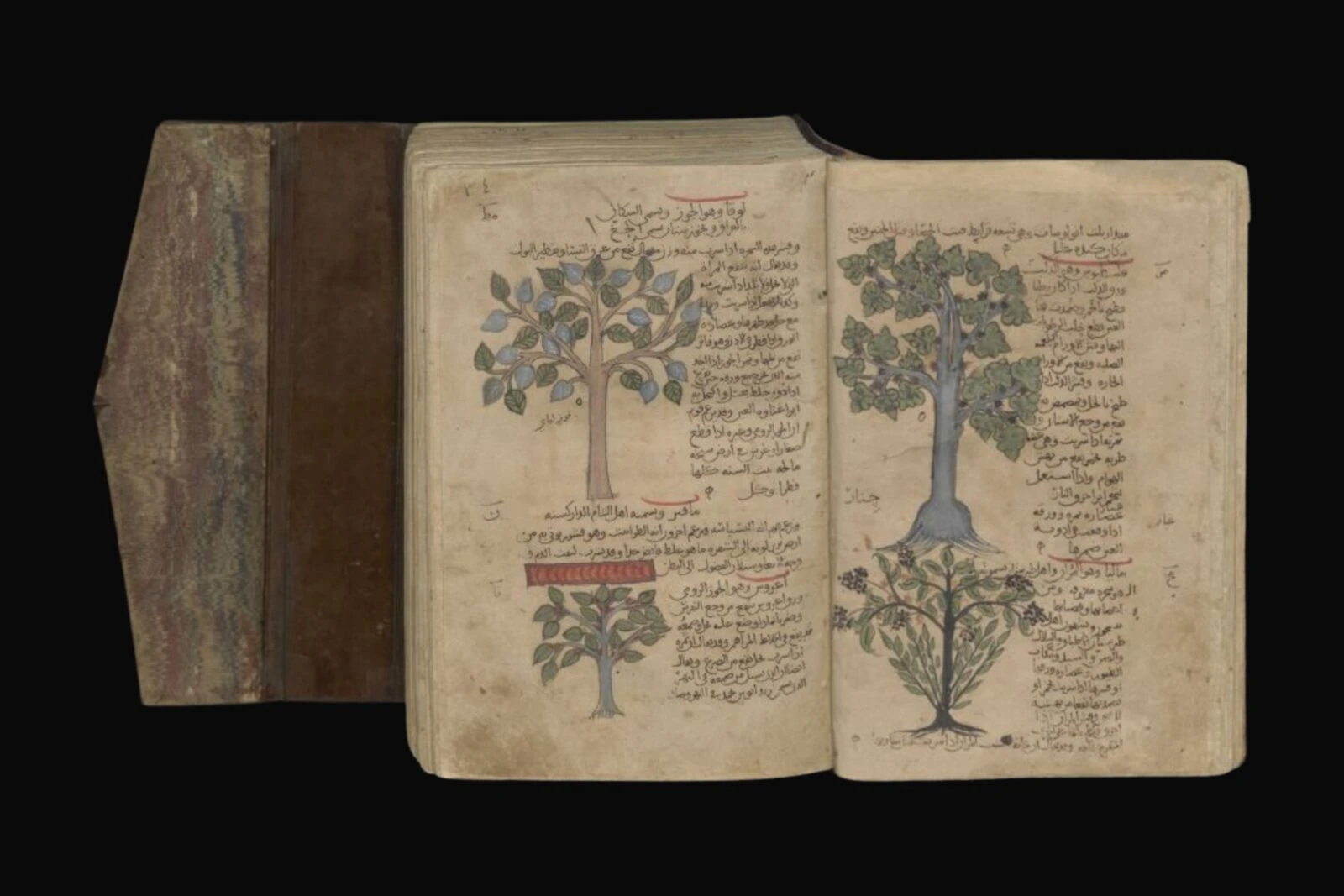
The volume showcases how Islamic scholars contributed to the fields of mathematics, astronomy, and other sciences, preserving and expanding upon ancient knowledge that later contributed to the European Renaissance.
Modern relevance and preservation efforts
Professor Mostafa Zahri of the University of Sharjah underscored the importance of preserving Arabic manuscripts, noting that they contain invaluable records of Islamic civilization’s intellectual achievements.
However, despite their significance, many manuscripts remain understudied. Efforts to digitize and collaborate across academic boundaries are essential for unlocking their full historical and mathematical value.
To promote further collaboration, a recent workshop at the University of Sharjah brought together Western scientists and Arab scholars to explore the methods used by Islamic scientists. This included a study of the abjad numeral system, which was used by Arab mathematicians in their scientific work, especially in the creation of astronomical instruments like the astrolabe.
Unveiling ancient scientific traditions
As more of these ancient Arabic manuscripts are uncovered and studied, the contributions of Islamic scientists are being brought to light, offering new perspectives on the development of mathematics, astronomy, and other sciences.
These discoveries not only enrich our understanding of the past but also underscore the critical role that the Islamic world played in the preservation and advancement of knowledge.


